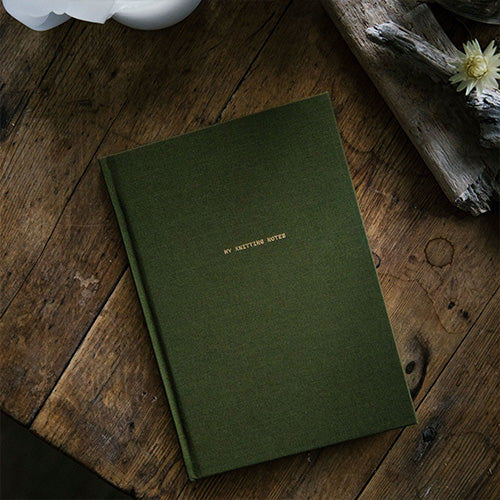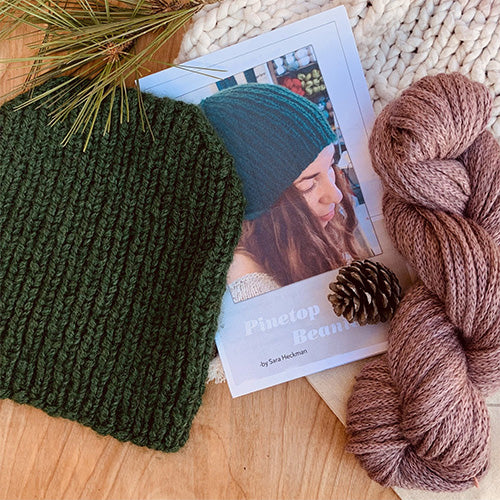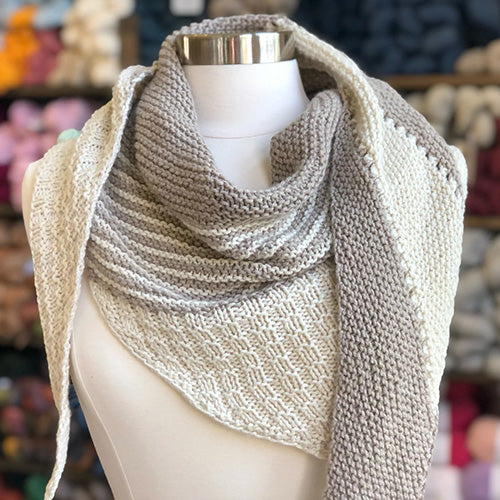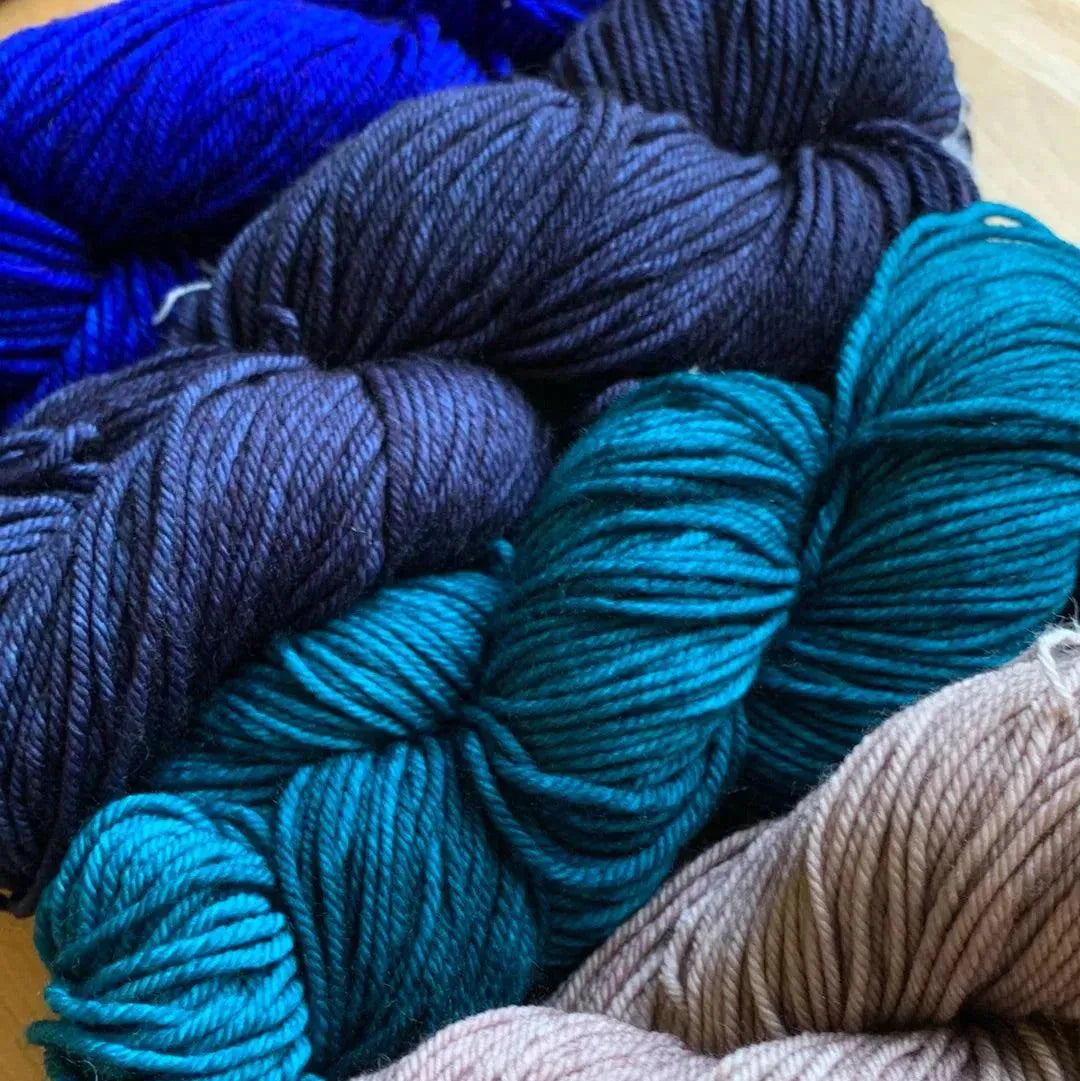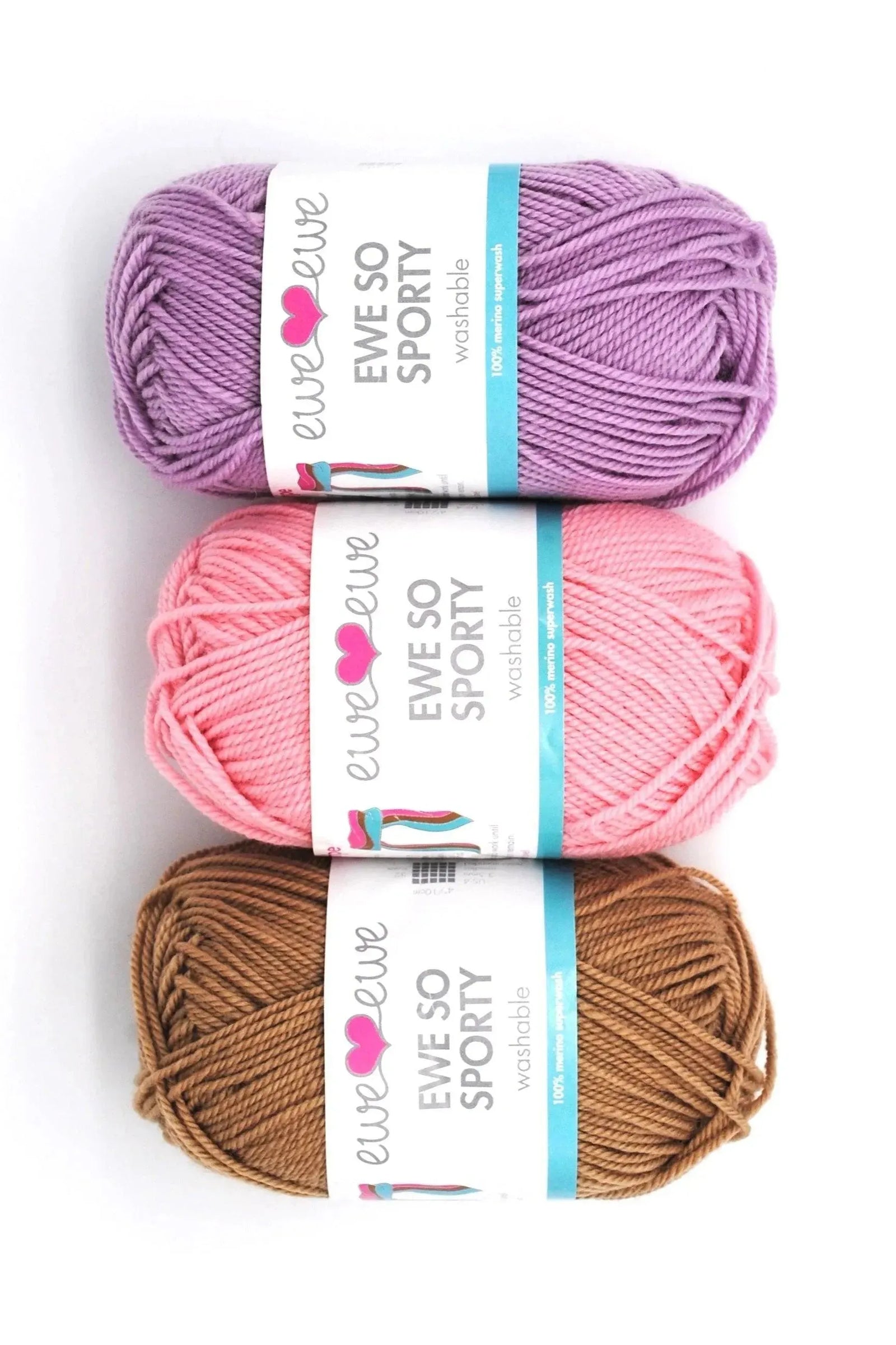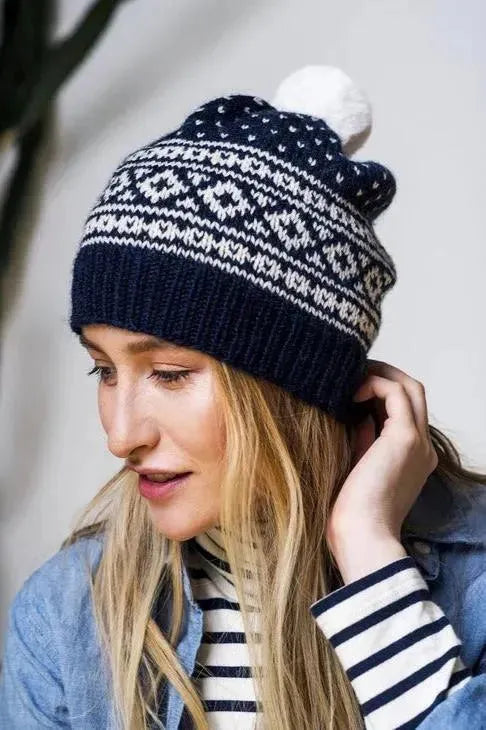SHOP GIFT GUIDE - FREE US SHIPPING ALL ORDERS $75+
SHOP GIFT GUIDE - FREE US SHIPPING ALL ORDERS $75+
Yarn
Why Natural Fiber Yarn?
We support socially and environmentally responsible companies, indie yarn dyers, and individuals, prioritizing fair wages, education opportunities, and traditional fiber heritage. Brands like Malabrigo Yarn, Manos del Uruguay, Amano Yarns, and Rosa Pomar uphold these values.
Why Natural Fiber Yarn?
We support socially and environmentally responsible companies, indie yarn dyers, and individuals, prioritizing fair wages, education opportunities, and traditional fiber heritage. Brands like Malabrigo Yarn, Manos del Uruguay, Amano Yarns, and Rosa Pomar uphold these values.
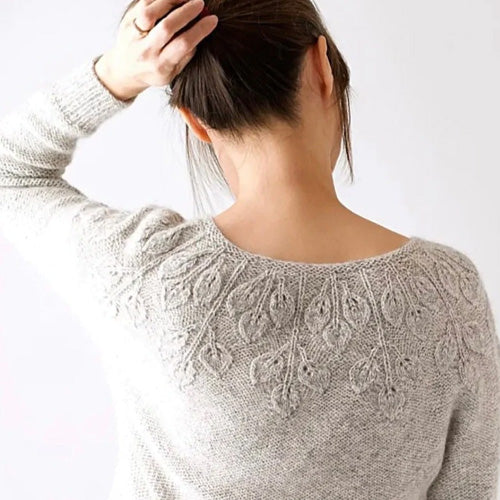
WOOL YARN
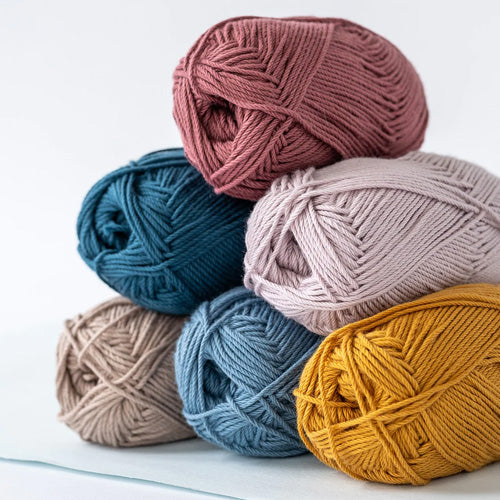
COTTON YARN

SHOP BY BRAND
Tools
Making something with your hands takes time, and using tools that make each stitch comfortable, colorful, and enjoyable is just as important as the yarn you choose.
We offer top-quality tools for knitting or crocheting, ensuring every stitch is a delight. Discover favorites like Lykke, Cocoknits, Chiaogoo, and Katrinkles.
Making something with your hands takes time, and using tools that make each stitch comfortable, colorful, and enjoyable is just as important as the yarn you choose.
We offer top-quality tools for knitting or crocheting, ensuring every stitch is a delight. Discover favorites like Lykke, Cocoknits, Chiaogoo, and Katrinkles.
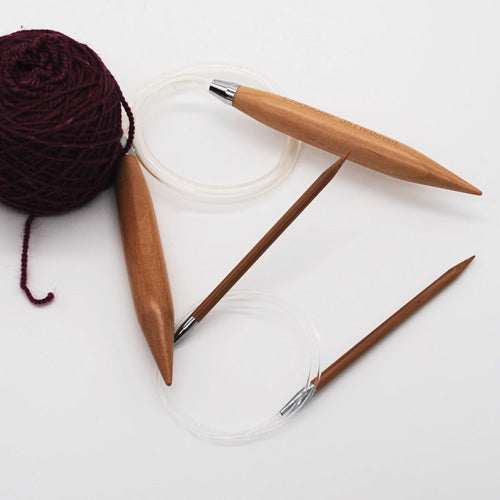
KNITTING NEEDLES
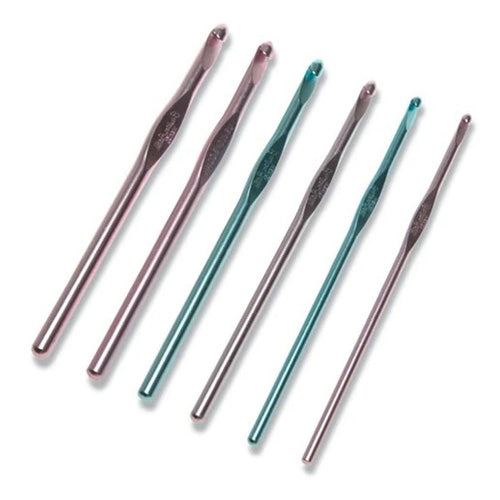
CROCHET HOOKS
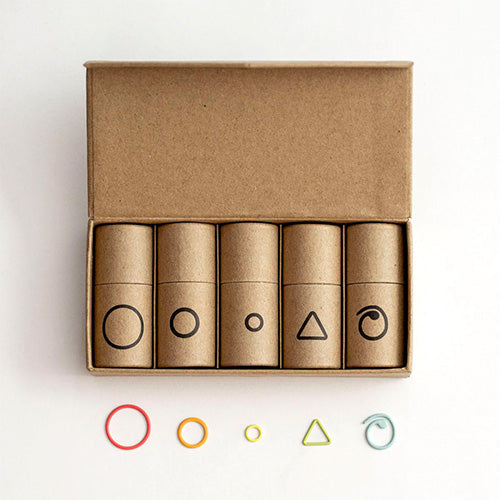
SHOP BY BRAND
Classes
Upcoming knitting and crochet classes available. Click for details on each class.
We offer one-on-one sessions and private lessons; schedule by emailing hello@apricotyarn.com or calling 619-223-3603.
Get 30 minutes for $15 or 1 hour for $30.
Upcoming knitting and crochet classes available. Click for details on each class.
We offer one-on-one sessions and private lessons; schedule by emailing hello@apricotyarn.com or calling 619-223-3603.
Get 30 minutes for $15 or 1 hour for $30.
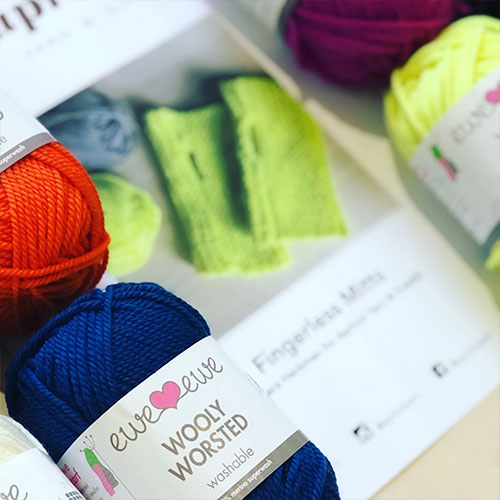
LEARN TO KNIT (BEGINNERS)

LEARN TO CROCHET (BEGINNERS)
Wool Yarn Collection
At Apricot Yarn & Supply, our wool yarn collection offers soft, durable fibers ideal for knitting and crochet. Explore versatile options like Merino wool yarn for warmth and comfort. For beginner-friendly choices, visit our knitting classes and find matching stitch markers to keep your work organized. Learn more about choosing the best fibers on our Knitting Blog and elevate your craft with quality wool yarn.
FAQs
Got a question? We are here to answer

Helen Duffy
THIS YARN IS EXQUISITE!
This yarn is exquisite and I can’t hardly wait to begin knitting with it - a simple, short-sleeve slouch pullover that will work for all seasons. I just have to finish the sweater that’s currently on my needles first!
Berroco Yarn Aerial

Anonymous
Great yarn
Great yarn, can’t wait to use in new year shawl
Baah Yarn La Jolla Reindeer Collection

Melinda Roth
This yarn is absolutely lovely to work with
This yarn is absolutely lovely to work with. It is so soft and feel very luxurious..
Lang Yarns Infinity

Anonymous
Cute and fun way to get back into crocheting
Cute and fun way to get back into crocheting or learning for the first time!
The Woobles Kits

Debbie Reger
Wonderful yarn
Wonderful yarn.
Lamana Perla

